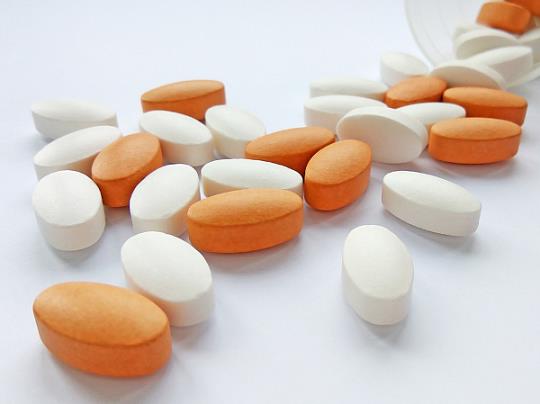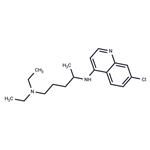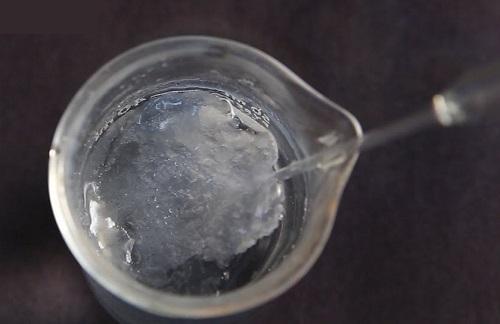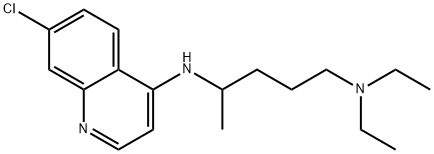Mechanism of Chloroquine
Jan 7,2022
Chloroquine (CQ) and hydroxychloroquine (HCQ) are synthetic 4-aminoquinolines. CQ has been used as an antimalarial drug since World War II. Later, CQ’s use expanded to include management of systemic lupus erythematosus (SLE) and rheumatoid arthritis (RA). It has mild adverse effects when used short term, however, chronic use for autoimmune indications can cause irreversible ocular toxicity. HCQ was synthesized by adding a b-hydroxyl group to one of the N-ethyl groups on the CQ molecule in hopes of reducing its toxicity. HCQ was first approved by the Food and Drug Administration in 1955 for malaria. It is not as effective for treatment of malaria when compared to CQ but is considered to be a safer option for SLE and RA given its lower risk of ocular toxicity.

Property
Chloroquine is a white or slightly white odorless crystalline powder. It has a melting point from 87 to 92℃. Chloroquine is slightly soluble in water, and also in chloroform, ether, and dilute acids. Solutions of chloroquine phosphate and hydroxychloroquine sulfate have a pH of 4.5.
Uses
Chloroquine and HCQ are both used as anti-inflammatory and antimalarial drugs.
Mechanism
The exact mechanism of action of Chloroquine and HCQ is not completely understood but involves inhibition of DNA and RNA polymerase. They are also direct myocardial depressants that impair cardiac conduction through membrane stabilization. It is unclear how they work in autoimmune diseases.
- Related articles
- Related Qustion
- Toxicity of action of Chloroquine Apr 1, 2022
The molecular formula of chloroquine is C18H26ClN3 and its molecular weight is 320. Chloroquine (Aralen) is formulated as tablets containing 100 or 155 mg of chloroquine base as the hydrochloride, phosphate, or sulfate salt. It is rapidly a
- Chloroquine Nov 10, 2021
Chloroquine is an aminoquinoline used for the prevention and therapy of malaria. It is also effective in extraintestinal amebiasis and as an antiinflammatory agent for therapy of rheumatoid arthritis
Chloroprene, 2-chloro-1,3-butadiene, is a colorless, volatile synthetic liquid that has a pungent ether-like odor. Synthesis of chloroprene was first reported by chemists of the E. I. du Pont de Nemours Company in 1931 following studies of....
Jan 7,2022Organic ChemistrySilicon tetrachloride or tetrachlorosilane is the inorganic compound with the formula SiCl4. It is a colourless volatile liquid that fumes in air. It is used to produce high purity silicon and silica for commercial applications.....
Jan 7,2022Inorganic chemistryCHLOROQUINE
54-05-7You may like
- Chloroquine
-

- $153.00 / 500mg
- 2025-12-13
- CAS:54-05-7
- Min. Order:
- Purity: 99.98%
- Supply Ability: 10g
- Chloroquine
-

- $0.00 / 1Kg
- 2020-04-28
- CAS:54-05-7
- Min. Order: 1KG
- Purity: 99.0%
- Supply Ability: 500 tons






